Bangladesh People: Exploring Ethnicity and Culture
Bangladeshi People: A Mosaic of Cultures

People going Home during Eid Holiday
Bangladesh Population and world ranking
As of 2024, Bangladesh stands as the eighth most populous country in the world, with a population of over 173 million people. This vibrant nation, characterized by its youthful median age of 25.7 years and a diverse cultural heritage, continues to grow at a steady rate of 1.22% annually. Despite challenges such as a significant net migration loss, Bangladesh thrives with a rich tapestry of ethnicities and traditions. Join us as we delve into the unique cultural and ethnic landscape that defines the Bangladeshi people. Bangladesh is ranked 8th in the world in terms of population.
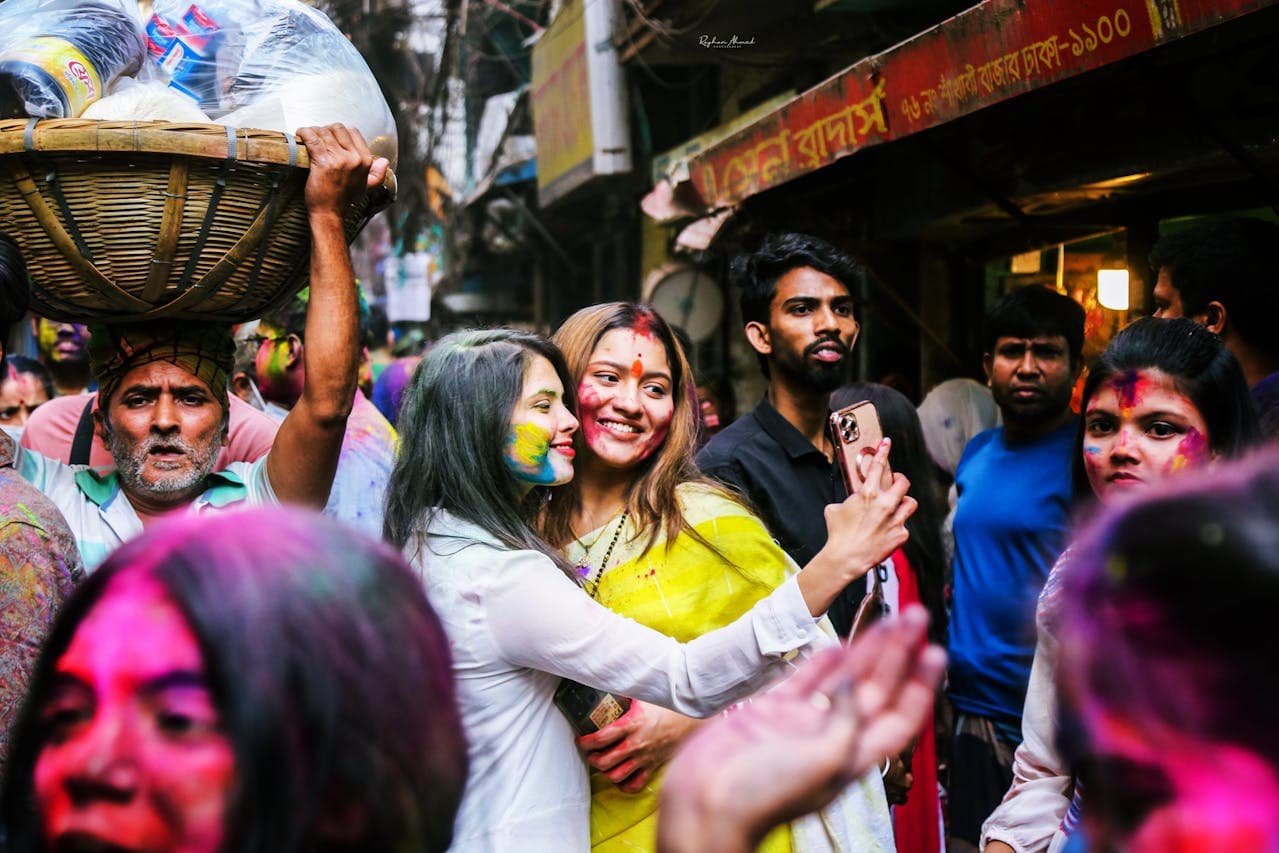
Celebrating the Holi festival in Dhaka.
Why is Bangladesh unique and united despite its dense population?
What contributes to the significant Muslim population in central Bangladesh, surrounded by Hindu communities?
How does such a large population manage to live in this relatively small country?
Linguistic Unity:
Unlike many other densely populated countries such as India and China, where diverse languages and cultures coexist, Bangladesh has a strong linguistic unity. About 90% of the population speaks Bengali, creating a cohesive national identity.
Religious Homogeneity:
A significant majority of the Bangladeshi population, around 90%, are Muslims. This shared religious belief fosters a sense of community and solidarity. Despite some cultural diversity, the overarching cultural and religious commonalities contribute to the nation's unity.
Fertile Land and Livability:
Bangladesh is known for its fertile land and abundant freshwater resources. Except for regions like the Chittagong Hill Tracts, the country is predominantly flat, making it suitable for agriculture and living. These geographical advantages support a large population.
Historical Migration:
During the British partition of India, regions with significant Muslim populations, such as Assam, Tripura, and West Bengal, saw migrations into what is now Bangladesh. Many people moved, seeking safety and a better life, adding to the country's population. In summary, Bangladesh's unique blend of linguistic unity, religious homogeneity, fertile land, and historical migrations has shaped it into a united and densely populated nation. These factors make Bangladesh a fascinating case of unity amidst diversity.
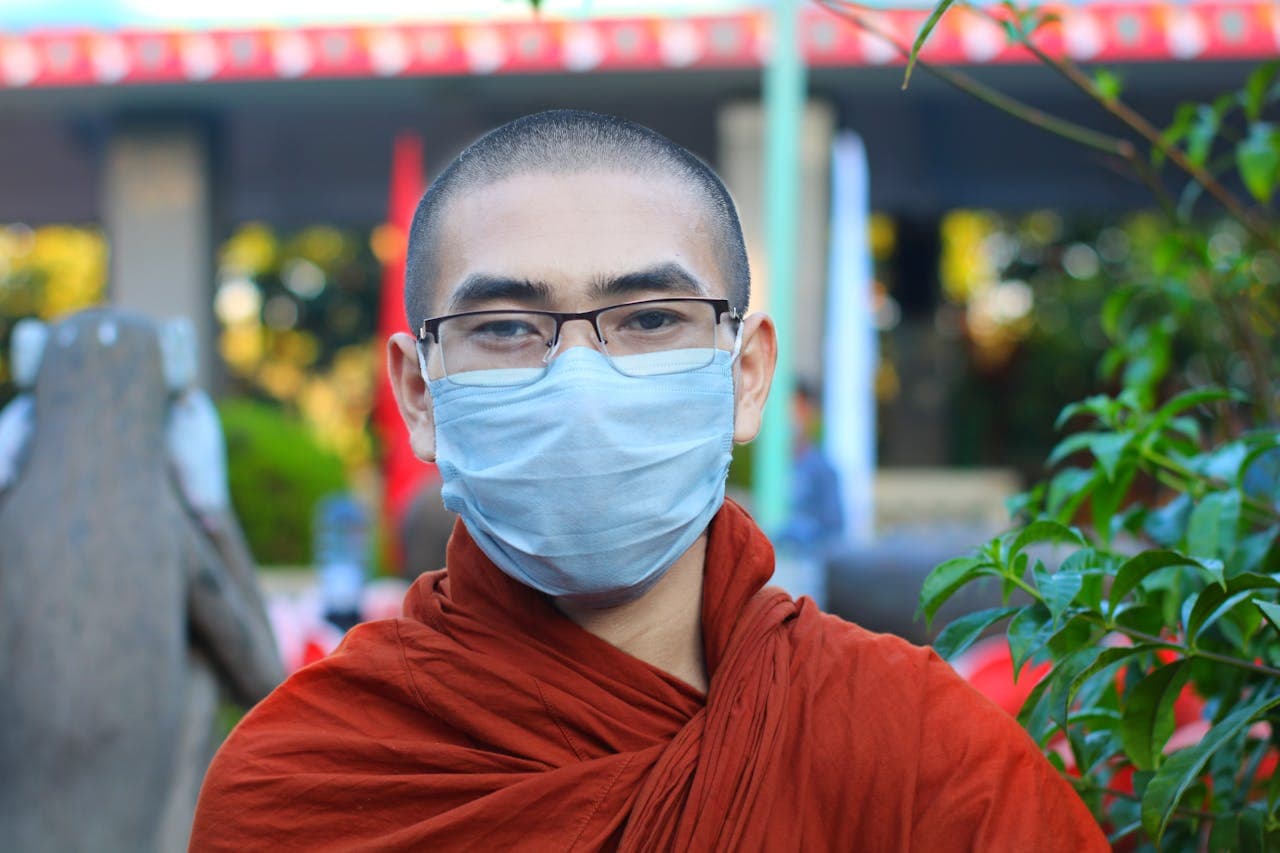
Bangladesh People and Its Diversity
Bangladesh Peopple and Ethnicity
Bangladesh is a vibrant nation with a rich tapestry of ethnicities and cultures. Approximately 98% of the Bangladeshi population is Bengali, with a diverse heritage that includes Indo-Aryan, Dravidian, Tibeto-Burman, Middle Eastern, and Austro-Asiatic origins. Bengali Muslims form the majority, making Bangladesh the world's third-largest Muslim-majority country. Bengali Hindus, Christians, and Buddhists also contribute to the nation's cultural mosaic.
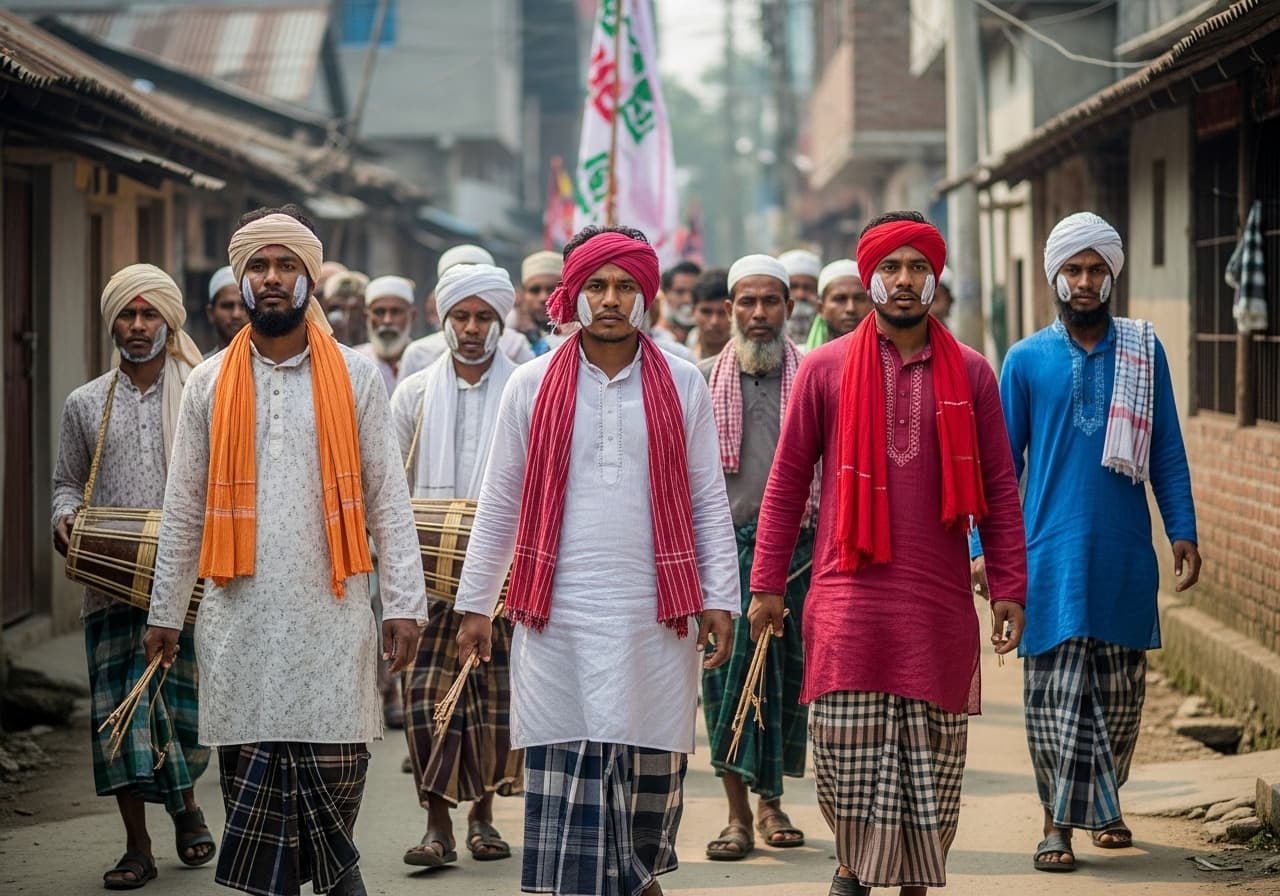
Bangladesh People: Bihari
The Bihari Community
The Bihari people, primarily Urdu-speaking non-Bengali Muslims from northern India, have a significant presence in Bangladesh. Despite historical challenges, they continue to be an integral part of the Bangladeshi people.
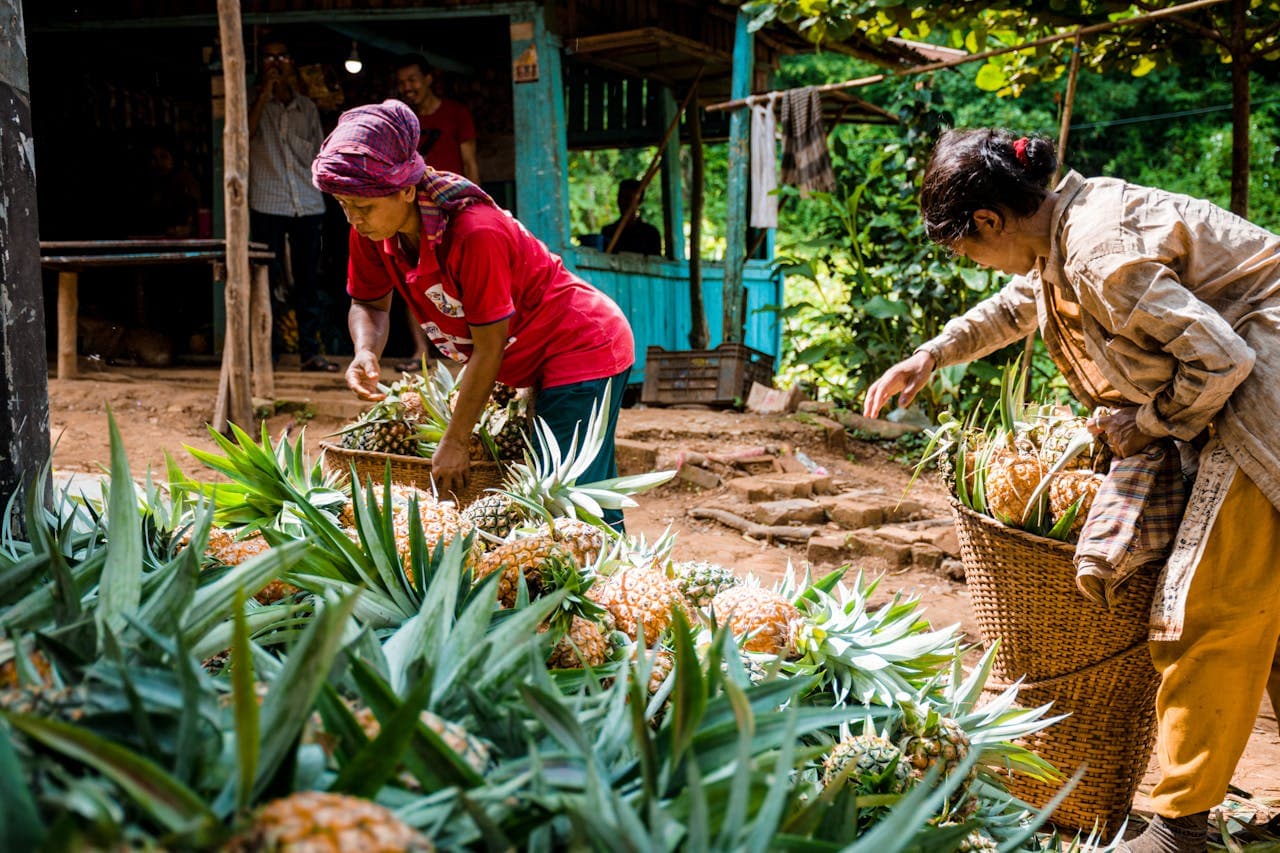
Tribal Indigenous Bangladesh People in Bandarban Chittagong
Indigenous Hill Tribes
The Chittagong Hill Tracts are home to various indigenous communities, including the Chakmas, Marmas, and Tripuras. These tribes have distinct languages, customs, and traditions, enriching the cultural diversity of Bangladesh.
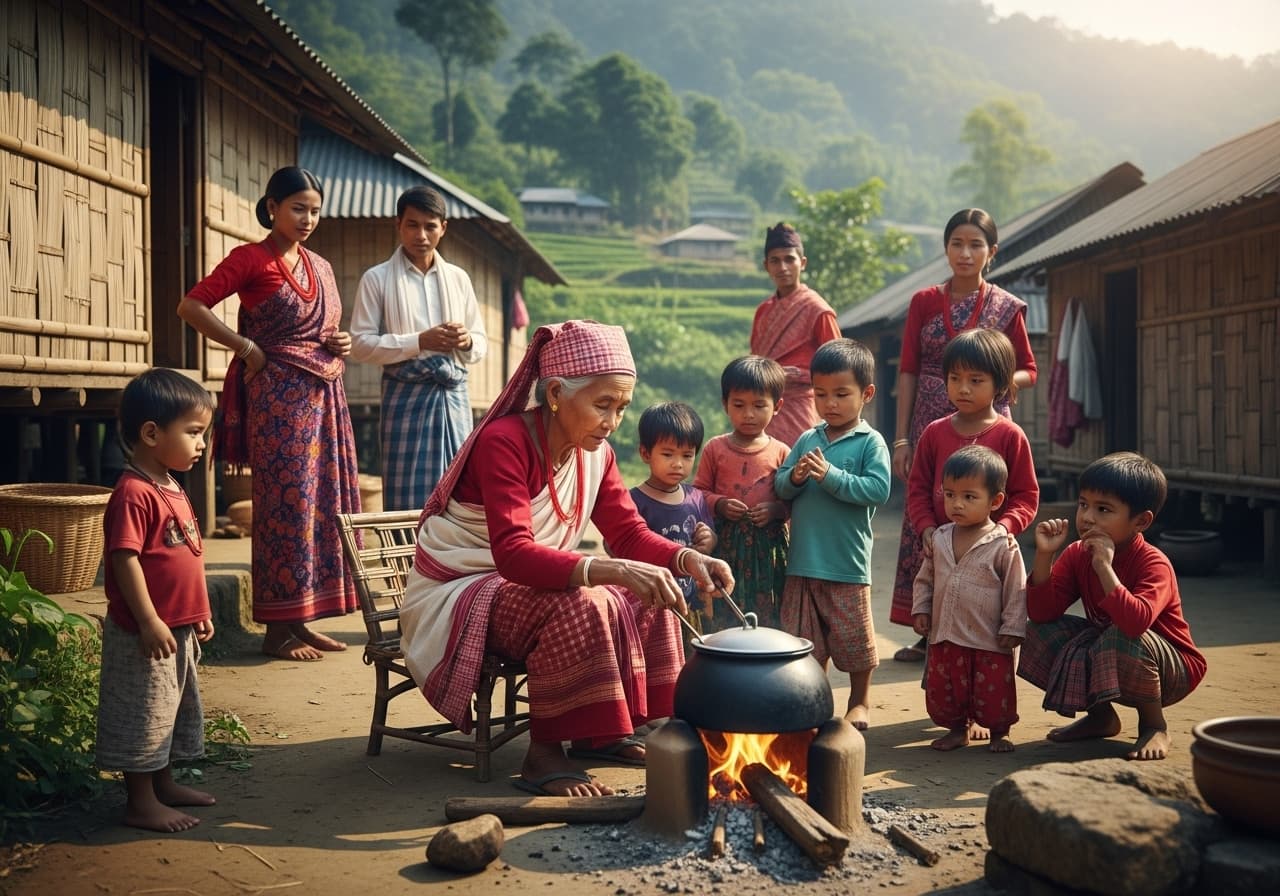
bangladeshi people: Chakma with their traditional dress
The Chakma People
The Chakmas, a Tibeto-Burman ethnic group, have a rich history tied to the Chittagong region. They are known for their unique cultural practices and traditions.
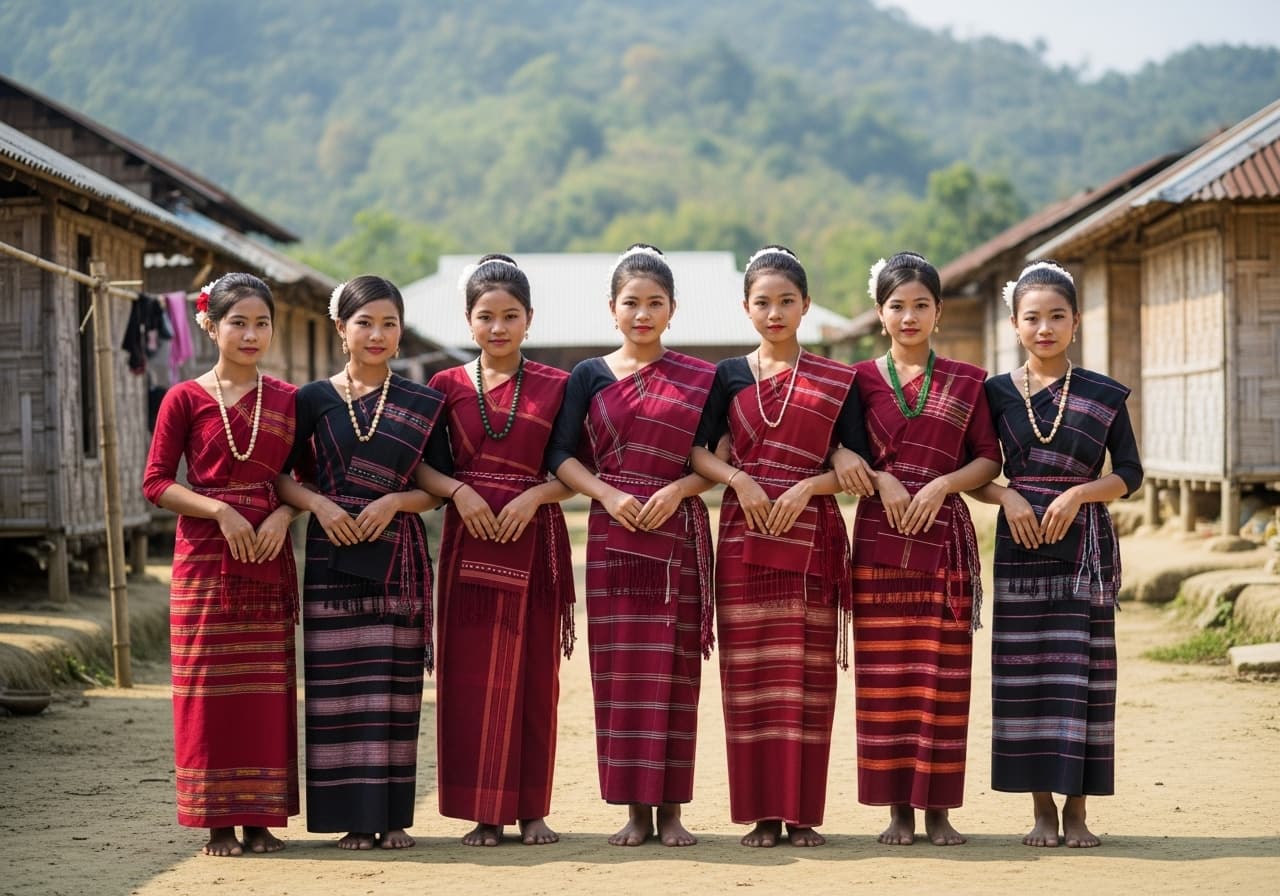
Ethnicity Bangladesh: Marma women with their tribal traditional dress
The Marma Community
The Marmas, of Burmese ancestry, are the second-largest ethnic group in the Hill Tracts. They maintain strong cultural ties to Myanmar, with unique traditions, festivals, and a Theravada Buddhist heritage.
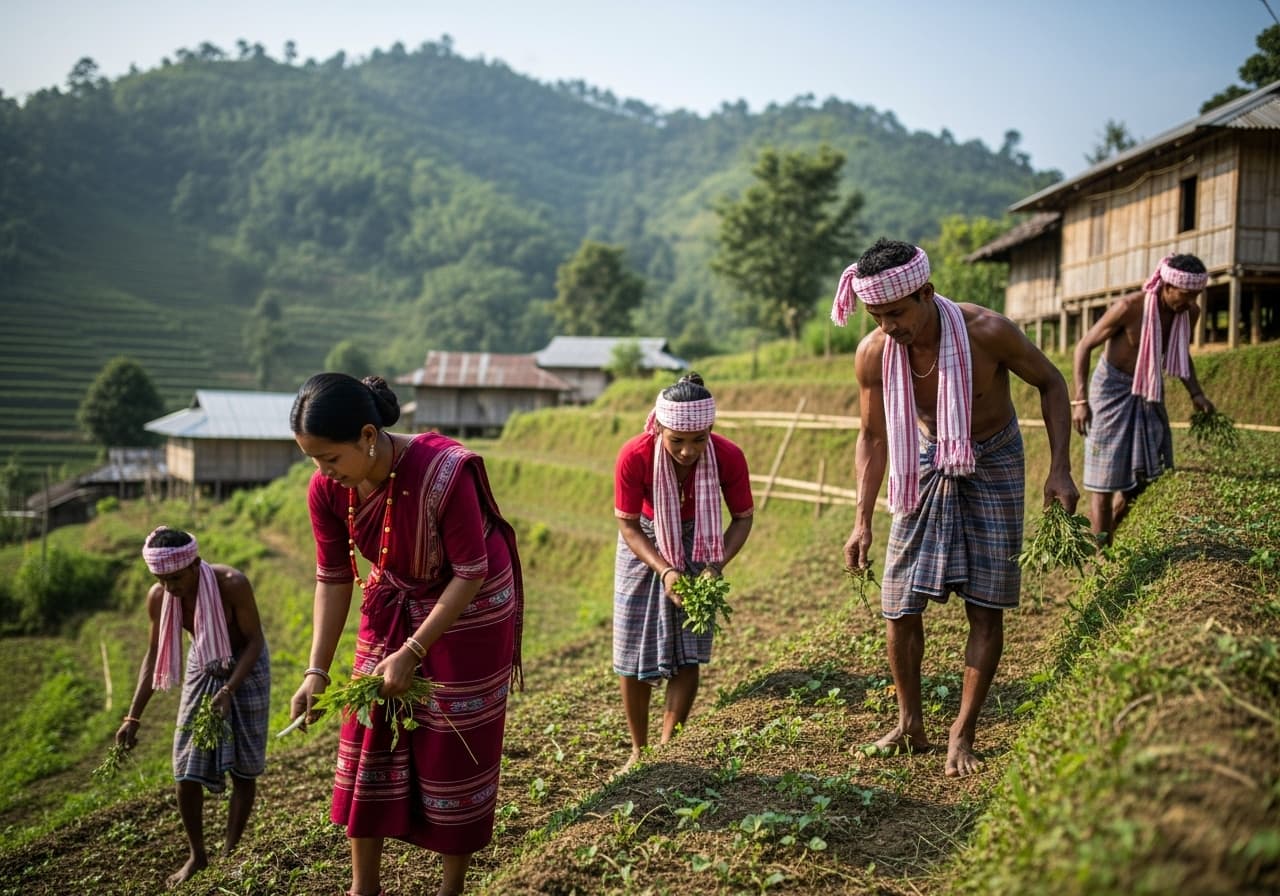
Tripura girls in traditional dress dancing in the Chittagong Hill Tracts.
The Tripura People
The Tripura people, residing in both the plains and the Hill Tracts, share a common culture and history with their counterparts in the Indian state of Tripura. Their language, Kokborok, is widely spoken among them.
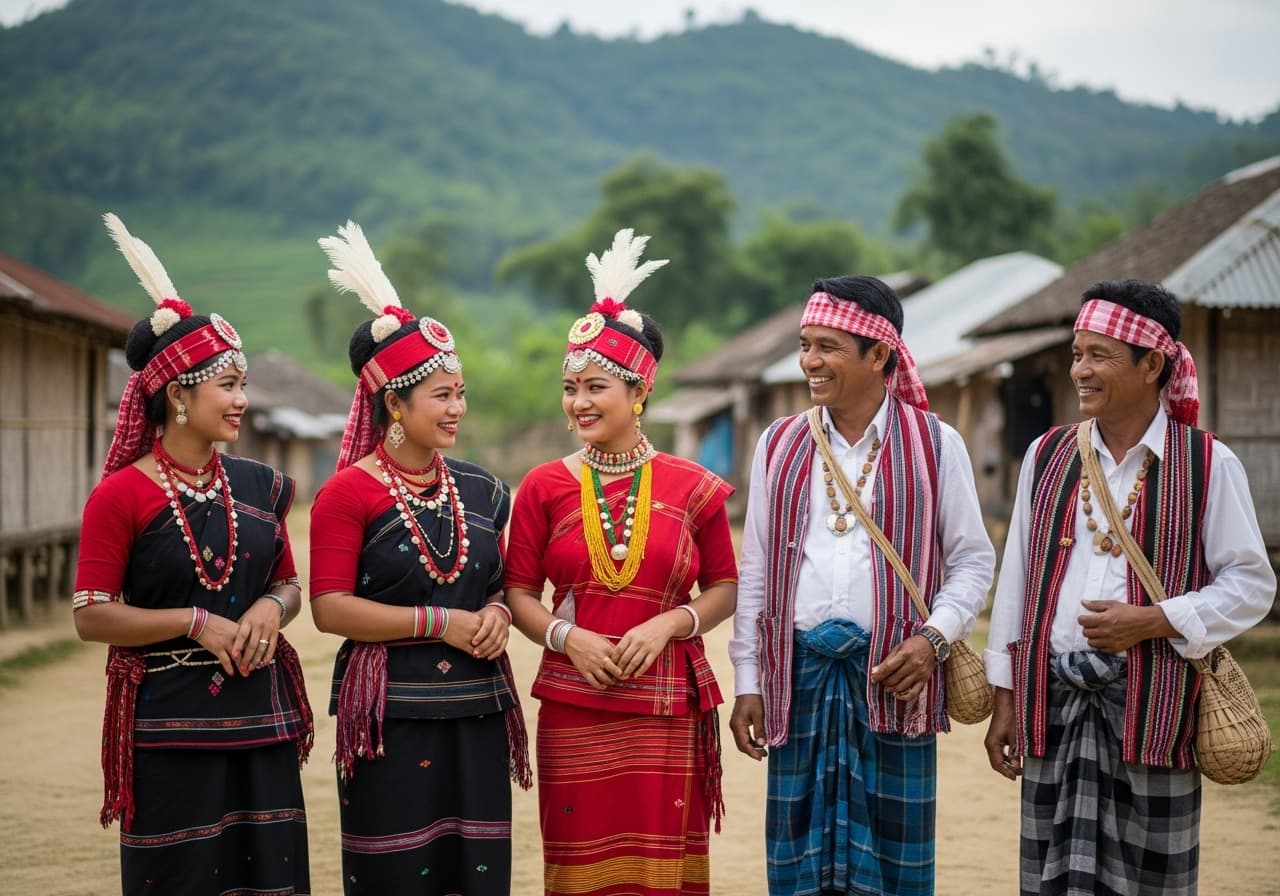
Tanchangya men and women in traditional dress from the Chittagong Hill Tracts of Bangladesh.
The Tanchangya Tribe
The Tanchangya are one of the thirteen indigenous communities in the Chittagong Hill Tracts. They have a long history in the region and maintain their distinct cultural identity among Bangladeshi People.
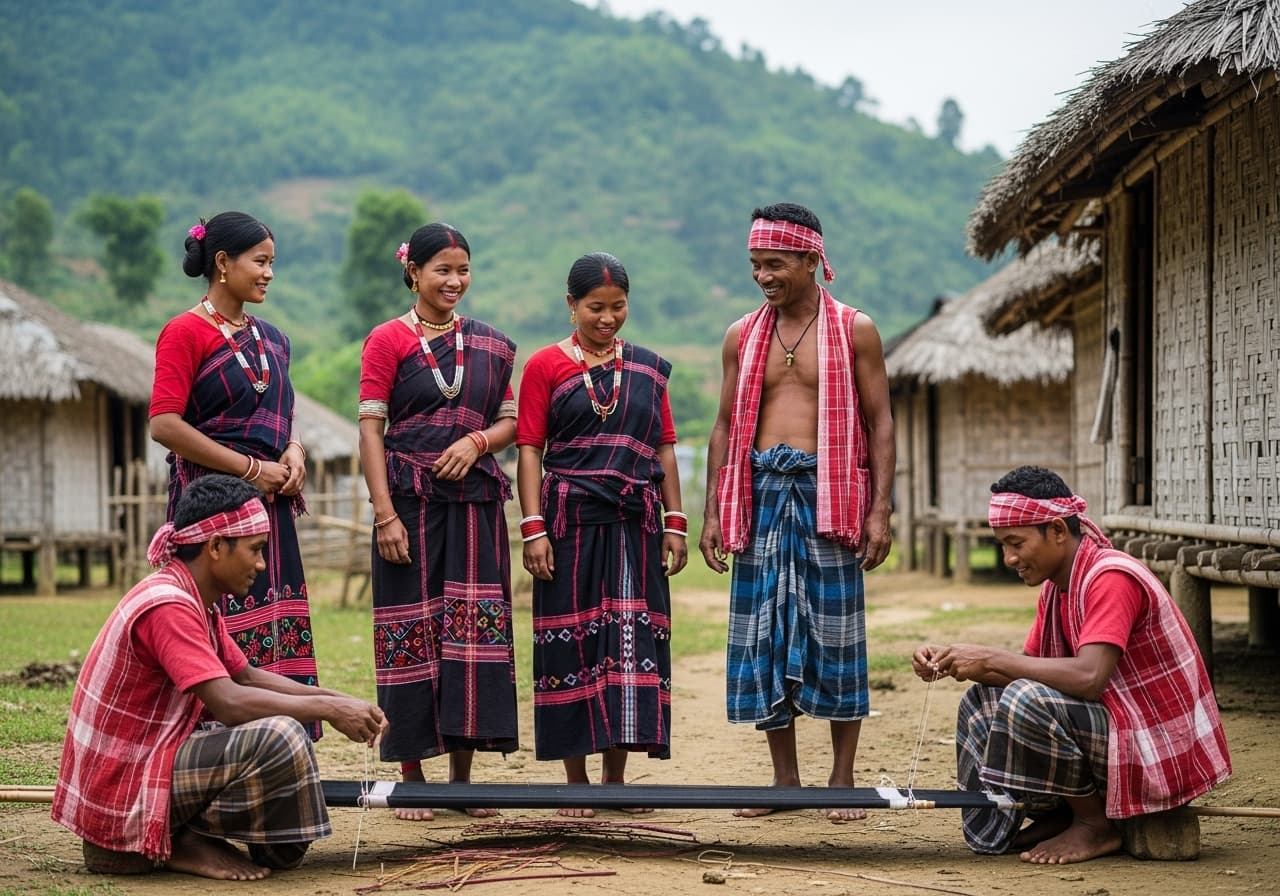
Mro people from Bangladesh in traditional dress, standing in a rural village setting.
The Mro People
The Mro, considered the original inhabitants of the Chittagong Hills, have a unique animistic belief system and a rich cultural heritage.
Other Notable Tribes
Other notable tribes include the Santals in Rajshahi and Dinajpur, the Garos in Mymensingh and Sylhet, and the Manipuris in Sylhet. Each of these groups has preserved its unique customs, traditions, and languages, contributing to the rich cultural fabric of Bangladesh
Explore Bangladeshi People and Culture on a Private Tour In Chittagong and ohter popular tour
Join our Chittagong Hill Tract tour or Bangladesh photography tour to immerse yourself in the diverse cultures of Bangladeshi people. Experience the unique traditions and ethnicities while enjoying the natural beauty of Bangladesh's Sundarbans. Our Holiday Packages offer a comprehensive exploration of Bangladesh's rich cultural heritage and stunning landscapes.
Mystic Bengal tour pacakges that includes this places
Bangladesh People
Bangladeshi People
People of Bangladesh
Bangladesh Travel Blog, Bangladesh history, UNESCO sites, archaeological sites — all you need to know
Sundarbans National Park: Wildlife, Mangroves, and Fishing Villages15 Best Places to Visit in Bangladesh on Your TourTraditional Food of Bangladesh
